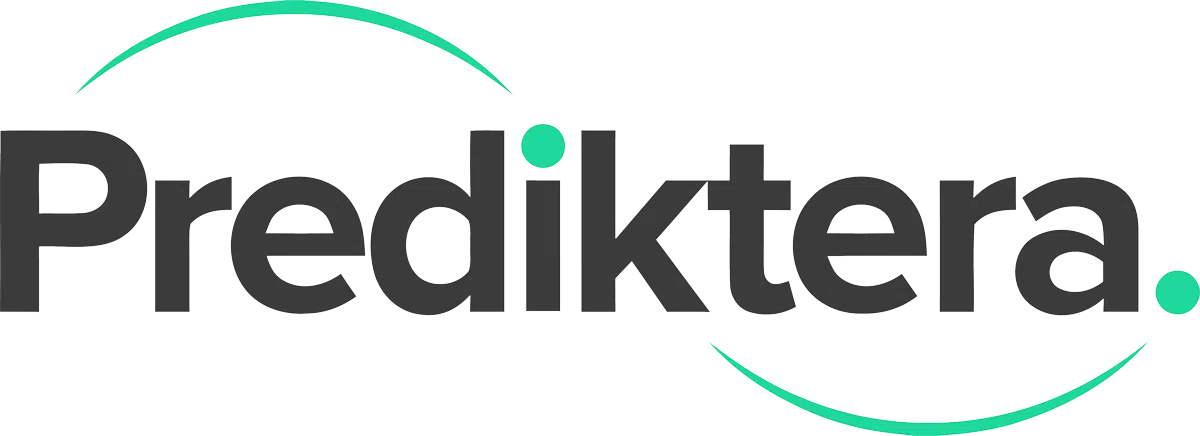Train model to classify spectral data into classes
Optimizing metrics
|
Metrics |
Description |
Look for |
|---|---|---|
|
Micro-accuracy |
Micro-average accuracy aggregates the contributions of all classes to compute the average metric. It is the fraction of instances predicted correctly. The micro-average does not take class membership into account. Basically, every sample-class pair contributes equally to the accuracy metric. |
The closer to 1.00, the better. In a multi-class classification task, micro-accuracy is preferable over macro-accuracy if you suspect there might be class imbalance (i.e you may have many more examples of one class than of other classes). |
|
Macro-accuracy |
Macro-average accuracy is the average accuracy at the class level. The accuracy for each class is computed and the macro-accuracy is the average of these accuracies. Basically, every class contributes equally to the accuracy metric. Minority classes are given equal weight as the larger classes. The macro-average metric gives the same weight to each class, no matter how many instances from that class the dataset contains. |
The closer to 1.00, the better. It computes the metric independently for each class and then takes the average (hence treating all classes equally) |
|
Log-loss |
Logarithmic loss measures the performance of a classification model where the prediction input is a probability value between 0.00 and 1.00. Log-loss increases as the predicted probability diverges from the actual label. |
The closer to 0.00, the better. A perfect model would have a log-loss of 0.00. The goal of our machine learning models is to minimize this value. |
|
Log-loss reduction |
Logarithmic loss reduction can be interpreted as the advantage of the classifier over a random prediction. |
Ranges from -∞ and 1.00, where 1.00 is perfect predictions and 0.00 indicates mean predictions. For example, if the value equals 0.20, it can be interpreted as "the probability of a correct prediction is 20% better than random guessing" |
|
Top-K accuracy |
Top-K accuracy is the percentage of times the true label is among the top |
The closer to 1.00, the better. Higher values indicate that the correct label frequently appears within the top K predictions, which is useful in scenarios where exact ranking is less important, and we want to measure if the true class is within the most likely options. |
